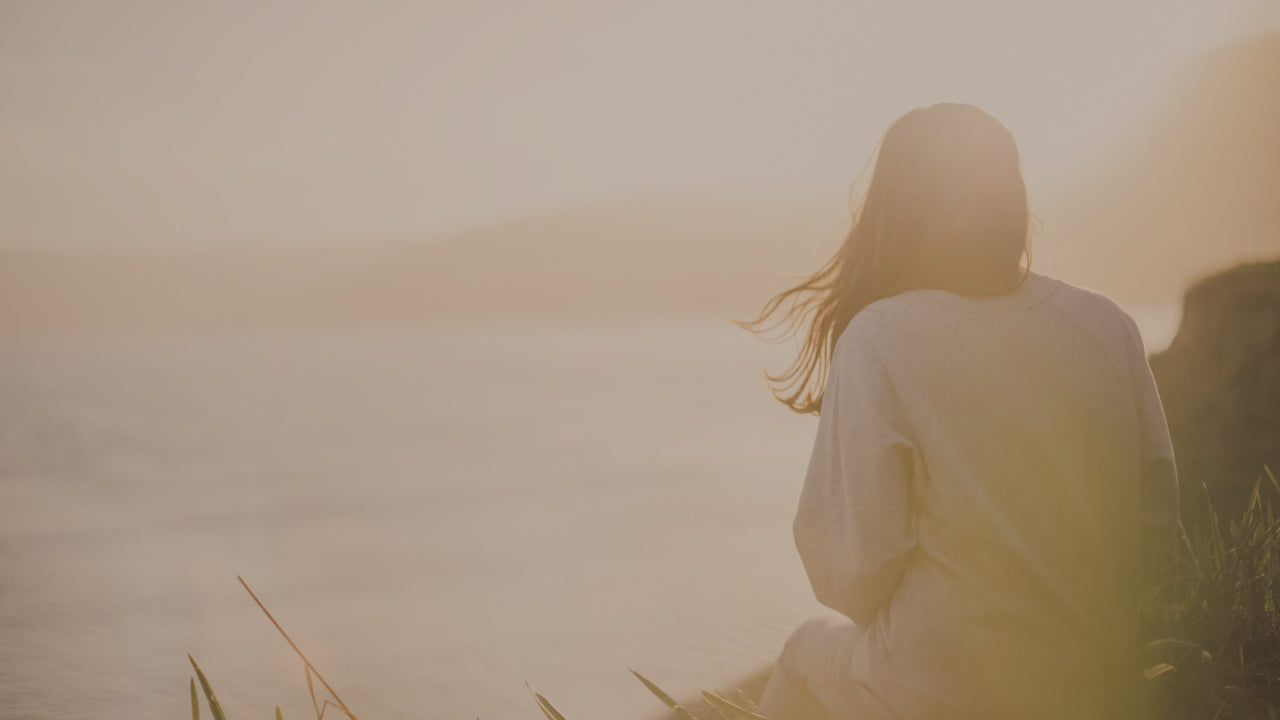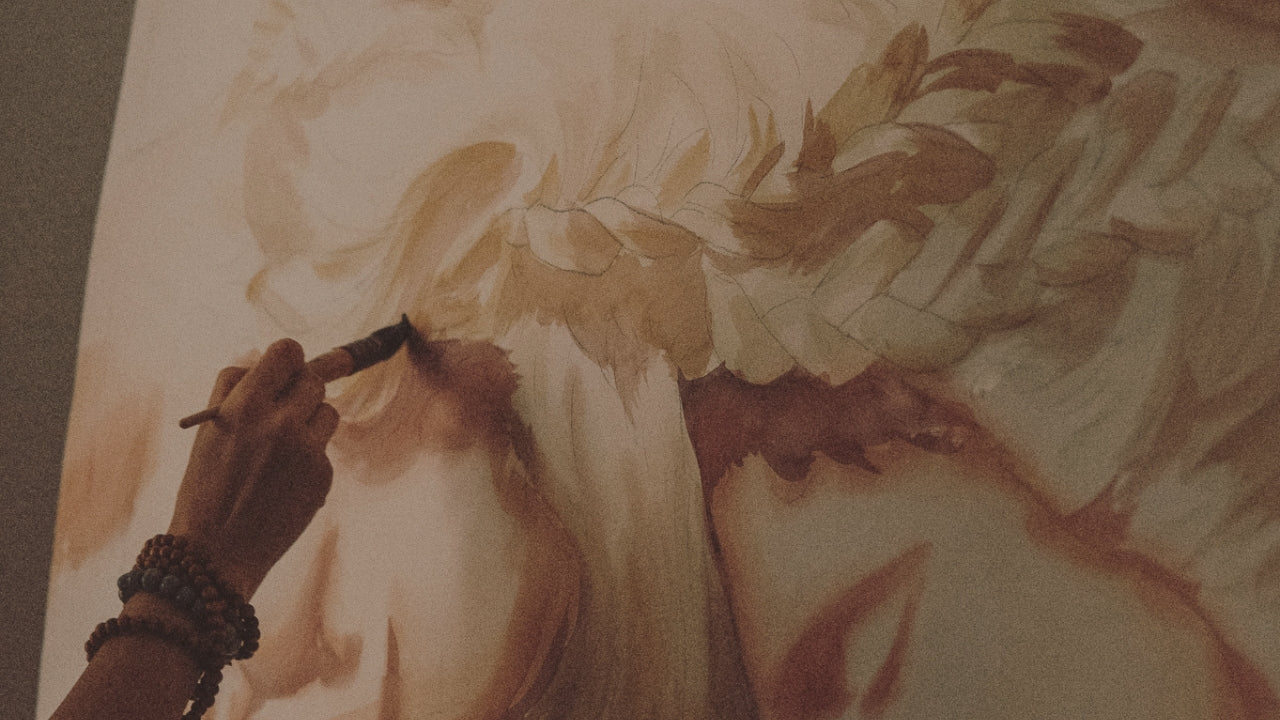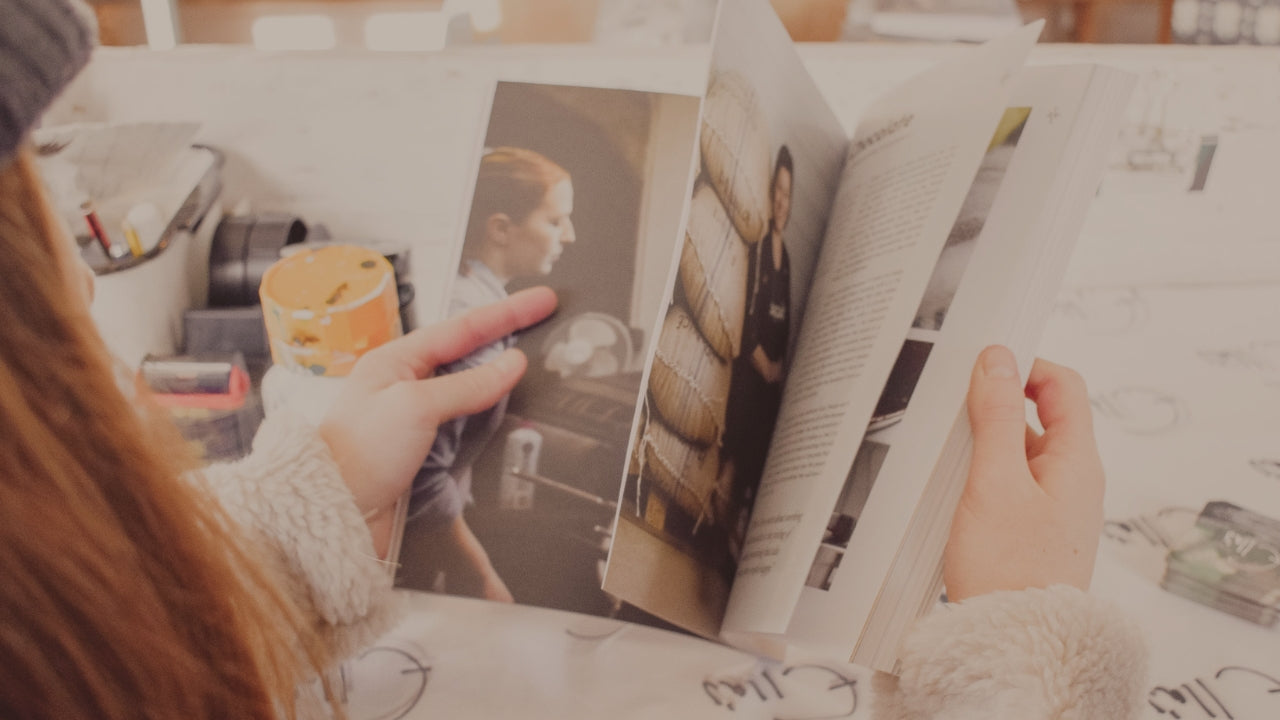
Embracing Slow Living: Practical Steps for a More Sustainable Art Business
After running an art business for over 10 years, I found myself yearning for a slower life. In today’s blog post, I want to share with you how I transformed my once overwhelming and tiring business into one that beautifully resonates with my life by adopting the principles of slow living.
When I first started Parima Studio, the "girl boss" and "hustle" culture was prevalent and I fully embraced it. I would work diligently from the time I woke up until the time I went to bed. It felt like a badge of honor, as if I were saying, "Hey world, look at me! I'm doing all the things! I'm going to make things happen". But, hey, I was in my early 20s and definitely had the energy to sustain such an ambitious schedule.
Though I have to give credit where credit is due because I did make things happen, but at the same time, I was also leading myself towards burnout.
In my early 30s, I began to crave a slower pace of life and business, and if you’re reading this, you probably do too. To say I was tired would be an understatement. I was exhausted.
I was worn out from having to do everything. I was utterly done with having to adapt to the ever-changing algorithms of Instagram. I was burnt out from constantly pushing myself to create and sell something new and fresh. Worst of all, I had yet to recognize where my true strengths lay within my business.
Ironically, through Instagram, I saw people posting about slow living and I was immediately intrigued. I thought, "Slow sounds good. Slow sounds welcoming". As I delved into various blog posts about the movement, I found myself drawn to its core principles.
The slow living movement is about being highly intentional about how you spend your time, what you give your attention to, and what you welcome into your life. I believe those principles translate perfectly into crafting a business that feels sustainable in all senses.
The problem was that while I loved the ideology, I didn't know what that looked like practically. So, I let these ideas simmer in the back of my mind.
I explored them by conversing with my mentors and trusted loved ones. Fellow artists and business owners expressed similar sentiments - they were over the hustle culture too. And as I delved deeper into the topic, I found myself constantly encountering this principle from all directions. Gradually, the puzzle pieces fell into place.
So, how did this turn out practically for my business?
Assessing Pain Points
First, I assessed my pain points and took note of things that were draining my energy:
- I felt like I was doing everything: content, marketing, creating, packaging, networking, etc.
- I didn't feel like I had enough time to play and explore new ideas with my art.
- I felt like I didn’t have a clear plan and was just sort of floating around but not really going anywhere.
- I didn't feel creative. I often felt uninspired.
Let it go
Secondly, I started decluttering slowly and let go of things that no longer served my highest good. I mean very slowly. One thing at a time slow.
I've found that this process requires a lot of honesty and bravery because it meant letting go of things I thought I should be doing, and even though I didn't enjoy doing them a real sense of fear would wash over me that I was going to miss out on opportunities if I didn't do these things.
I have learned, and firmly believe this to my core, that when you live in alignment with what you want and shed the backpack full of "shoulds" and expectations of others, you cannot miss what is meant for you. Once you let go and remove the barriers that are keeping you stuck, that’s when all the opportunities and ideas can start pouring in.
For me, that meant letting go of:
- Offering commissions or customizations to my art. Even though it made me money, it was a highly stressful process and I never enjoyed it.
- I let go of my original acrylic paintings. This one was tough because I felt that I needed "originals" to establish the value of my art. I didn't know at the time that I could easily do that with my prints. Additionally, even though I loved painting with real paints I realized that I didn't like doing it as a job. I started to realize that I was procrastinating in the studio and struggling to create something new.
- I let go of ways of marketing that made me feel less than Oh Instagram, a true love/hate relationship. I loved the app when it first came out, but over the years, it started to negatively affect my mental well-being. I began tying so much of my success and self-worth to likes and views. The platform's focus has also changed from connection to entertainment. I have decided that constantly churning out the amount and type of content that is required to be successful on there is not a game I want to play. So I decided to just post on there to maintain face in case other people tag me, but I'm no longer using it as a sales strategy.
- I stopped forcing myself to create art when I didn't feel inspired. I focused on quality over quantity. I now honor the waves of my creativity. I create when I'm inspired and when I'm not I allow myself to rest and wait for my creative bucket to fill back up again.
- This last one is a big one. I let go of feeling like I had to be the one to do it all.
Assessing strengths
The next step was to assess my strengths.
With the clutter out of the way, it also cleared my mind, and I was able to think about what my strengths were within my business, and how I could amplify those. And I must say that I didn’t immediately recognize what my strengths were, and I actually had other people point them out to me. So if you find that you can’t see what your own strengths are, ask those around you who you trust and know you well.
I discovered that my strengths were:
- Creating digital art
- My prints
- Licensing
- Working with other businesses
Setting new intentions and carving a different path.
On the Abundant Artist podcast, I talked about how my business was making a slight left turn, and that is essentially what I did when I honed in on my strengths. I didn't burn my business to the ground and start over, I pruned out the branches that were getting in the way of my growth.
- Create a business that allows me an immense amount of flexibility
- I hired a VA and delegated all the admin tasks that I had to do but didn't want to do
- I went all in with selling my prints
- I went all in with licensing and working with other businesses
- I embraced email marketing. Email is so understated, but it's my most effective form of marketing. I send emails every month without fail, and I genuinely enjoy the process
Making those adjustments made all the difference not only in how I felt about my business but also in how I made my money. My business now feels more free, exciting, and more importantly in alignment with who I am and what I want out of life.
Your turn
If you’re ready to take a slower, more intentional approach to your business, here are some good questions that you can ask yourself:
- Where in your business are you leaking your energy? Both mental and physical.
- What tasks are causing dread and procrastination? Can you let them go or find alternatives?
- What is working in your business that you enjoy doing? What is bringing you both money and joy? How can you lean into that more?
- What are your strengths? If you can’t see what your true strengths are, ask those around you that you trust and see what their feedback is. Their answers might surprise you.




Leave a comment
This site is protected by hCaptcha and the hCaptcha Privacy Policy and Terms of Service apply.